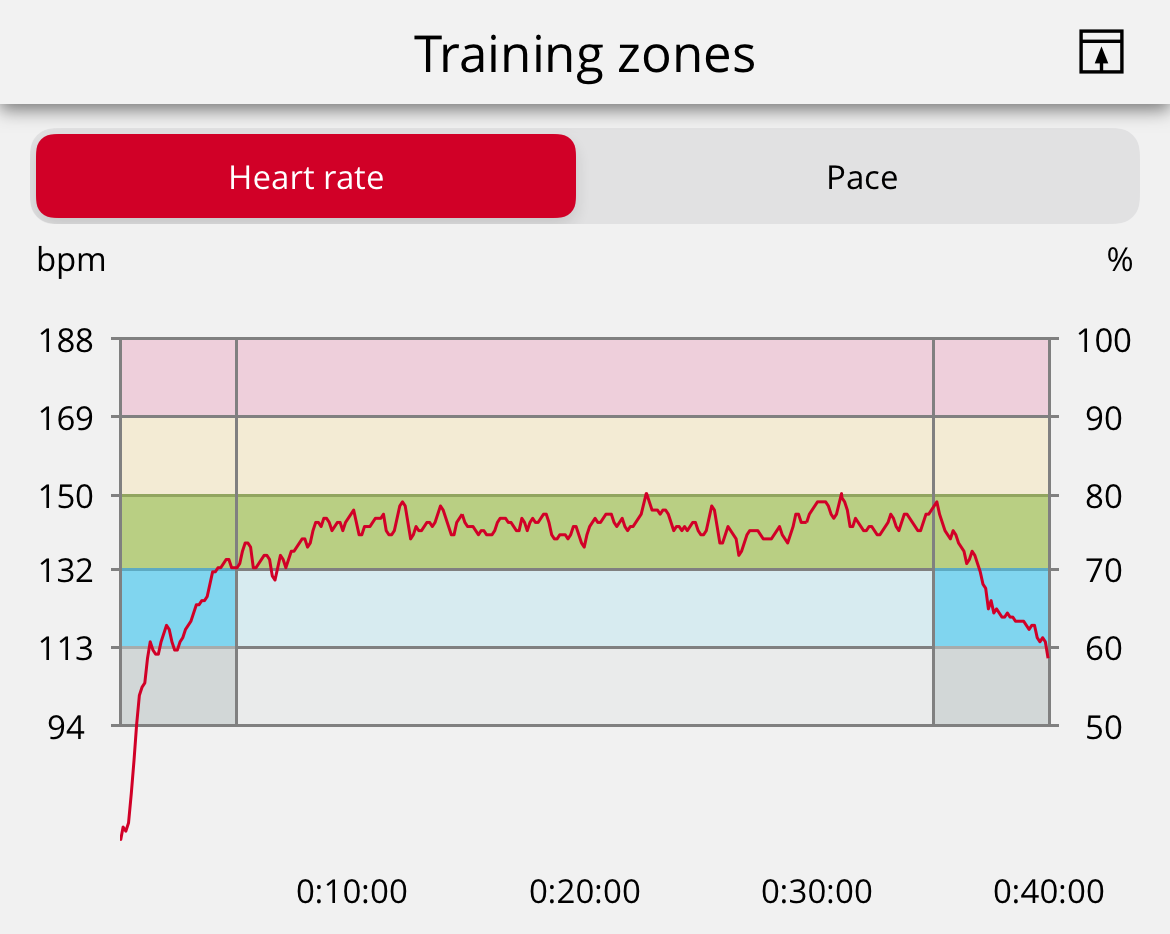Optimizing Concussion Recovery Through Aerobic Exercise and Heart Rate Zones
Let’s explore a topic that has been buzzing in my DMs since 2019: aerobic exercise and its relationship to heart rate max (HRmax)—especially in the context of concussion and post-concussion recovery.
This blog will explain how HRmax affects recovery, performance, and overall health.
What Is Heart Rate Max (HRmax)?
First, let’s define HRmax. Simply put, HRmax is the maximum number of times your heart can beat per minute during intense physical activity.
When you’re at rest, a healthy heart rate ranges between 50 and 70 beats per minute (*this varies based on age, fitness level, medications, etc.). However, as exercise intensity increases, your heart rate climbs until it reaches a peak where it can’t beat any faster—this is your HRmax.
You can estimate HRmax using the age-predicted maximum formula:
220−Your Age
For example, a 20-year-old would have an estimated HRmax of 200 beats per minute. Once you know your HRmax, you can calculate different exercise intensities to match your training goals. For instance:
50% HRmax: ~100 bpm (light activity)
70% HRmax: ~140 bpm (moderate activity)
These percentages play a significant role in aerobic training and recovery, especially when dealing with concussions.
This was a “Zone II” Treadmill Run where my HR averages 136bpm or ~72% of my HRmax; a classic aerobic cardio training session.
Aerobic vs. Anaerobic Exercise: Understanding Energy Systems for Concussion Recovery
Your body relies on different energy systems to fuel movement depending on the exercise’s intensity and duration:
Creatine Phosphate System: Provides quick, explosive bursts of energy lasting less than 10 seconds (e.g., sprints, heavy lifts).
Glycolytic System: Activates for short, high-effort bursts lasting 30–90 seconds (e.g., fast-paced running or a shift in ice hockey).
Oxidative System: Powers longer-duration activities lasting minutes to hours (e.g., jogging or cycling).
A great visual from: https://www.movementstrengthandconditioning.com/blog/energy-systems
The first two systems are anaerobic (don’t rely on oxygen), while the third is aerobic (requires oxygen). As the intensity rises, for most people, your body shifts from aerobic to anaerobic energy around 85% of your max heart rate—what’s known as the lactate threshold.
For general aerobic training, aim for 65-75% of your HRmax—a zone that keeps you below the lactate threshold and promotes cardiovascular fitness.
Concussion and Heart Rate: The Critical Link
Why does HRmax matter in concussion recovery? Studies consistently show that symptoms like headaches, dizziness, and fatigue can spike between 50-70% of HRmax in both acute and chronic post-concussion cases.
This isn’t just typical post-exercise fatigue. It signals that your brain and body are struggling to handle physical exertion.
The Buffalo Concussion Treadmill Test
We carefully monitor when symptoms arise during assessments like the Buffalo Concussion Treadmill Test or the Modified YMCA Bike Protocol (which better accounts for varying fitness levels). If you experience symptom flare-ups within the 50-70% HRmax range, your autonomic system is still in recovery.
This isn’t just about fitness—it indicates underlying issues with blood flow regulation and neuromuscular control. Gradual, symptom-limited retraining can help restore proper circulation and autonomic balance, making it easier to tolerate higher intensities and, eventually, full recovery.
The Path to Recovery: Reaching 85-90% HRmax Symptom-Free
Our goal during concussion recovery is to help patients reach 85-90% of their HRmax without experiencing symptoms. Achieving this milestone shows significant progress in autonomic recovery, which means the body can regulate blood flow efficiently during exercise.
Once you can exercise at this intensity without symptoms, any lingering issues likely stem from other systems—such as visual or vestibular dysfunctions—rather than cardiovascular limitations.
Final Thoughts: Practical Takeaways
Know Your Zones: Calculate your HRmax and monitor symptoms within the 50-70% range during rehab.
Gradual Progression: Gradually increase your tolerance to higher intensities under guided supervision (e.g., using the Buffalo Concussion Treadmill Test).
Holistic Approach: If you’ve reached 85-90% HRmax but still have symptoms, consider evaluating visual, vestibular, or metabolic contributors.
For more recovery insights, check out my blogs on melatonin for sleep recovery and choosing quality supplements for performance.
If you have questions or want to explore this topic further, leave a comment. I’m here to help!
Recover Faster, Perform Better, Live Your Best Life
Whether you’re recovering from a concussion, optimizing your performance, or looking to boost your overall health, I’m here to help. Take the first step toward feeling and performing your best.

